Table Pop up Box
Table pop-up box, also known as a tabletop socket or conference table pop-up box, is a discreet and convenient solution for power and data connectivity in meeting rooms.
It’s a hidden compartment built into the table surface that reveals essential ports and connections when needed.
table pop-up box is a type of modular solution typically installed on conference tables, office desks, or workspaces to provide easy access to power outlets, USB ports, Ethernet ports, HDMI connections, and other interfaces.
Key Features and Components:
- Retractable Design: The defining characteristic is its ability to retract flush with the tabletop when not in use. This keeps the workspace tidy and protects the ports from dust, spills, and damage. Many models feature a damped spring structure or pneumatic support for a smooth, slow, and quiet opening and closing mechanism.
- Integrated Connectivity Options: Table pop-up boxes are highly versatile and can be configured with a variety of ports to meet diverse needs. Common inclusions are:
- Power Outlets: Multiple AC power outlets (e.g., universal, US, UK, EU plugs) for laptops, chargers, and other electronic devices.
- USB Ports: USB-A ports for charging mobile devices and connecting peripherals (e.g., flash drives, keyboards, mice). Modern versions may also include USB-C ports for faster charging and data transfer.
- Network Ports (RJ45): Ethernet ports for wired internet connectivity, ensuring stable and high-speed network access for online collaboration and video conferencing.
- HDMI Ports: Essential for connecting laptops, tablets, and other HDMI-enabled devices to projectors, monitors, or large display screens for presentations and video playback.
- VGA Ports: Often included for compatibility with older projectors and monitors.
- Audio Ports (3.5mm Jack): For connecting headphones, speakers, or microphones.
- Telephone Ports (RJ11): Less common in newer models but still found.
- Blank Modules: Some designs allow for customization with interchangeable modules or offer blank spaces for future upgrades.
- Durable Construction: Typically constructed from high-quality materials like anodized aluminum alloy or SPCC steel. These materials ensure durability, resistance to wear and tear, and a sleek, professional appearance that complements modern office furniture.
- Cable Management: Many units include internal cable management features, such as rubber rings or brush strips, to protect cables passing through the box and to maintain an organized appearance when the unit is in use.
- Safety Features: Often equipped with built-in surge protection to safeguard connected devices from power spikes and electrical hazards. Secure mounting mechanisms also prevent unauthorized removal.
- Easy Installation: Designed for relatively straightforward installation by cutting a precise hole in the table surface and securely mounting the box from underneath. Many come with templates and necessary hardware.
- Aesthetic Integration: Available in various finishes (e.g., brushed silver, black) and sometimes customizable lid finishes to match the tabletop material, allowing it to blend seamlessly with the room’s decor.
Common Uses and Benefits:
- Conference Rooms: Revolutionizes meeting spaces by providing instant access to power and multimedia connections for presentations, video conferencing, and collaborative work. It eliminates messy cables and enhances productivity.
- Office Workstations/Desks: Improves efficiency in individual workstations, allowing users to easily connect laptops to external monitors, charge devices, and access network connections.
- Classrooms and Training Rooms: Facilitates interactive learning and dynamic training sessions by providing quick access to connectivity for projectors, interactive whiteboards, and other educational tools.
- Hotels and Hospitality: Enhances guest experience by providing convenient in-room power outlets and multimedia ports for charging devices and connecting entertainment equipment.
- Home Offices/Study Tables: Creates a professional and organized workspace in a home environment, centralizing connectivity for various devices.
- Public Spaces: Useful in airports, libraries, and cafes to offer patrons easy access to power and connectivity.
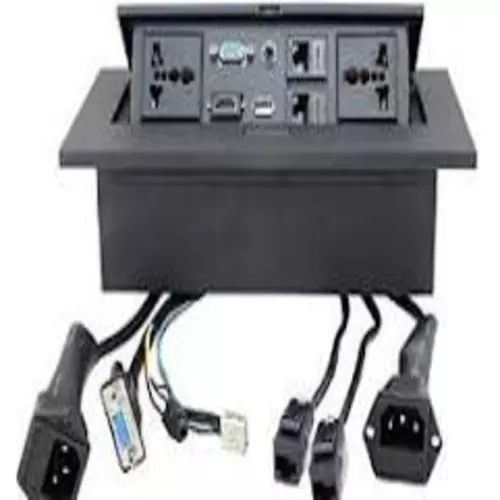
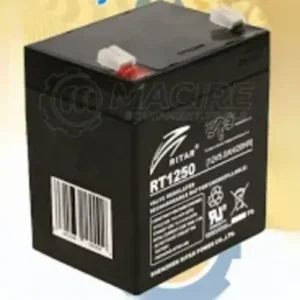
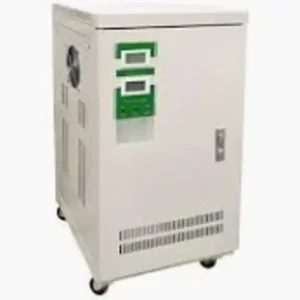
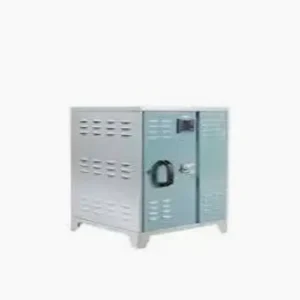

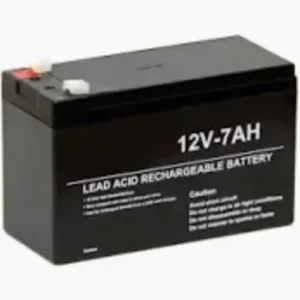
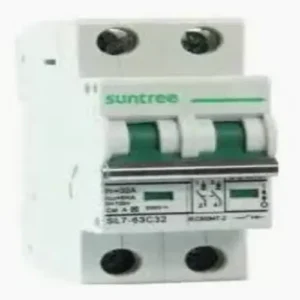
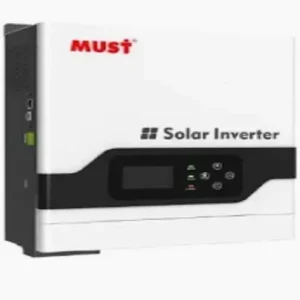
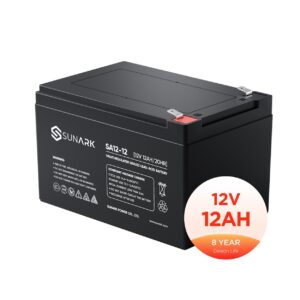
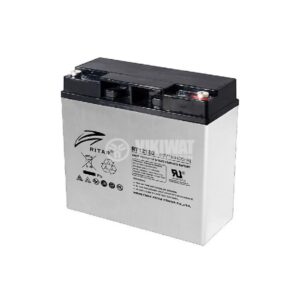
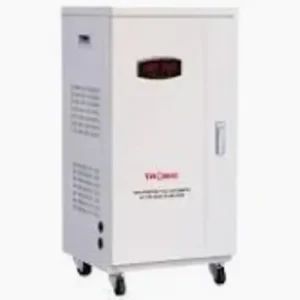
 No products in the cart.
No products in the cart. 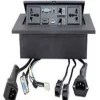
Reviews
There are no reviews yet.